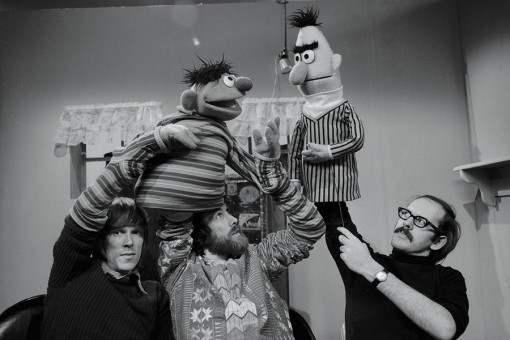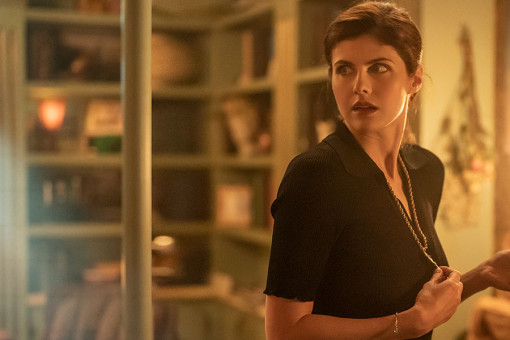Turning the iconic horror film franchise Chucky into a TV series might be a scary proposition, especially when it comes to blood-spewing special effects, but not for SPFX supervisor, and longtime Chucky fan, Josh Lacroix.
As the third season of the Syfy horror series unfolds, Lacroix and his team of special effects experts — which can sometimes require two units of up to 15 or 20 techs for a big scene — are responsible for executing the kind of bloody set pieces that the killer doll has trafficked in for decades. As season three finds the demonic doll within the walls of the White House in Washington, D.C., Lacroix shared with us how he and his team bring Chucky's exploits to life.
What goes into delivering feature-quality effects on a TV budget?
Josh Lacroix: The bar was set very high from past productions, and we want to maintain that. The main thing is communicating with everybody involved, because it's very rare that special effects doesn't involve every department. For a huge blood gag, where there's lots of blood being sprayed everywhere, you have to talk to set dec and make sure they're going to be okay with it. Wardrobe [also] needs to know what's going on. You need to make sure the effect is going to work properly the first time, so a lot of communication goes into making sure [you anticipate] any challenges that might spring up on the day. And you rely on a team of very experienced people to make sure any surprises that do spring up — there always will be surprises — are handled accordingly.
What types of special effects do you handle?
Anything from rain to wind to snow to your standard death scenes with people spewing blood everywhere. Even the atmosphere and smoke in the background that give a glowing look to the lights and whatnot. We're always working closely with the director of photography to make sure the atmosphere looks good to their eye — it's hard to describe, but we tend to say [the general atmosphere] has a level of uneasiness to the eye, but with some of the dustier scenes you want those big shafts of corpuscular rays coming through.
Chucky has a new season, a new setting — The White House — and the stakes are seemingly bigger than ever. How have those changes impacted your SFX work?
It added an underlying level of mystery, like "What's going on here?" In terms of big changes, from season two to season three, the thing I kept hearing from everyone up above is, "More blood, more blood." Which, to a special effects technician, is music to my ears. One of the last big kills of season two was the chainsaw scene, which was a wonderful collaboration between a bunch of different departments. I learned a lot that day: if we're going for more blood, let's create more systems. So, during the prep of season three, I came up with a little pressure pot system that could basically dump a giant bucket of blood in about two minutes through a garden hose. [laughs] It's good to be prepared, these things come in handy.
A pressure pot of blood?
We called it the green pressure vessel because it's painted green. It's for when we need to do big sprays quickly. The day we brought that out this season I was told, "We have to spray all this blood and we have a very short amount of time to do it. Are you going to be able to?" I laughed and said, "Yeah, I'm going to come in with a garden hose and spray blood." Everybody thought I was being sarcastic. Twenty minutes later, I came in with a garden hose and sprayed blood everywhere. And they're all like, "Oh, my God, you're actually spraying people with the garden hose!" Within about two minutes, we had an entire room covered in blood.
When it comes to Chucky, is it possible to take things too far?
When you try to make the shot more than it needs to be, or go too far over the top — that's when it comes out corny. It's never going to be fully realistic, it's a murderous doll that's possessed by the spirit of Damballa. But you've got to keep that air of realism in some aspects while having a creative license to go over the top with other aspects.
What percentage of the effects on Chucky are practical, versus VFX?
We try to have a base level of practical effects. Sometimes, for safety reasons, it may be impossible to do it practically, but the general rule of thumb is: if it can be done practically, let's do it practically, because it always reads better to the eye. Quite often, VFX will accentuate it. I'd say probably 70 percent [is done] practically, with a good sprinkling of VFX on top.
What's one of the strangest things about your job?
When you're going home from a long day of doing heavy blood effects, and you're like, "I didn't bring a change of clothes today. I really hope I don't get pulled over on the way home."
Chucky airs Wednesdays on Syfy and also streams on Peacock.














